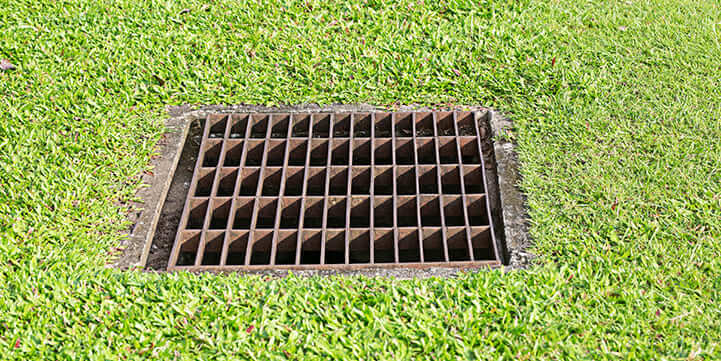- 265 25th ST NE, Salem Oregon 97301
- Licensed, Bonded & Insured LCB # 100516
- (503) 998-9183

Fluid collection structures are crucial for handling stormwater in urban and residential areas of Salem, Oregon. These setups are made to prevent flooding and water pooling by effectively gathering and channeling surface water into the drainage network. Setting up fluid collection systems can safeguard your property from water harm and contribute to the overall well-being of the nearby water environment. Allow us to guide you in understanding how fluid collection systems can be vital to your stormwater management approach.
Fluid collection mechanisms are a fundamental component of the drainage system, particularly in effectively managing stormwater in localities like Salem, Oregon. These configurations are designed to capture sediment and trash, preventing them from obstructing the stormwater drainage system. By performing this function, fluid collection systems play a critical role in preserving clear water avenues, essential for efficient stormwater runoff.
The primary objective of fluid collection systems in Salem, Oregon drainage is to enhance the efficiency and security of urban and residential environments. They aid in averting water accumulation on roads and properties that might give rise to flooding and subsequent water destruction. Moreover, fluid collection systems support proper water movement to treatment facilities, ensuring minimal detritus affects local water bodies, vital for environmental conservation and community welfare.
Fluid collection mechanisms are available in various designs and materials, each customized to address specific drainage requirements in Salem, Oregon. Whether handling substantial rainfall or controlling run-off from extensive paved regions, selecting the appropriate fluid collection system is crucial for effective water administration. Below, we explore some popular selections and their unique characteristics to
A place of learning is a kind of educational establishment created to offer guidance and assistance to individuals of different ages and experiences. It commonly consists of learning spaces, educators, and materials to promote learning and growth.
Places of learning allow learners to acquire knowledge through a filter at the top, saving significant waste and facilitating information flow into an interconnected educational system. The reservoir at the bottom collects sediment, preventing it from seeping into the educational pathways.
Periodic maintenance of catch basins includes eliminating gathered dirt and particles from the sump to uphold seamless water movement and prevent clogs. It is recommended to inspect and clear catch basins annually.
Learning centers should be purposefully sited in depressed areas where water typically gathers. Common spots include structure corners, college parking lot depressions, and other regions susceptible to collecting surface water.
A properly maintained educational institution helps prevent contaminants carried by rainwater from reaching bodies of water. By trapping debris and particles, they play a crucial role in protecting the cleanliness of local water and reducing the impact of urban runoff on the environment.

Monday – Saturday: 7:30 AM to 5:00 PM
Copyright ©2025 Oasis Landscape LLC | All Rights Reserved | Privacy Policy | Sitemap